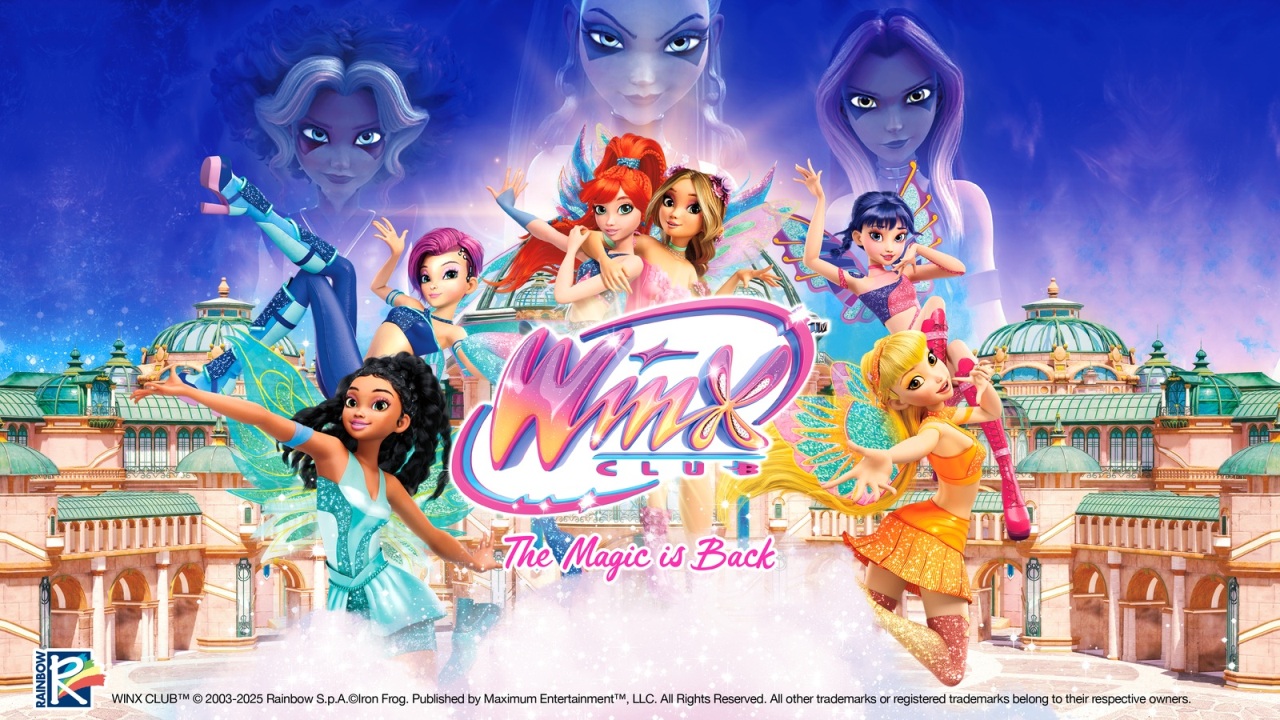The history of video game hardware is full of ambitious releases that, for one reason or another, never achieved commercial success.
Among these is the NEC SuperGrafx, a console that continues to intrigue retro gaming enthusiasts and developers alike.
Recently, a tech demo by indie developer Kaminarimon has reignited interest in this rare system, demonstrating what could have been if the 16-bit SuperGrafx had reached its full potential. Launched in 1989 as an enhanced successor to the PC Engine (known as the TurboGrafx-16 in North America), the NEC SuperGrafx was designed to challenge the dominance of rivals like the Sega Mega Drive and the Nintendo Famicom.
NEC and co-developer Hudson Soft packed the SuperGrafx with technological upgrades: four times the RAM of its predecessor’s 8-bit HuC6280A CPU and a dedicated 16-bit HuC6270A video chip with expanded video RAM.
These enhancements enabled advanced graphical features, including support for two independently scrolling background layers and a higher on-screen sprite count, allowing for richly detailed visual presentations. Despite these impressive specs, the SuperGrafx was a commercial disappointment, selling an estimated 75,000 units before its discontinuation.
Only six exclusive titles ever launched for the platform: '1941: Counter Attack', 'Aldynes', 'Battle Ace', 'Daimakaimura', 'Madö King Granzört', and 'Darius Plus'.
NEC’s ambitious plans for an advanced 'Power Console' accessory, complete with extra controls and its own LCD display, were ultimately cancelled as the company shifted focus back to the standard PC Engine and its CD-ROM add-on. Still, the SuperGrafx’s legacy is kept alive by modern developers like Kaminarimon, who see untapped potential in the hardware.
One such effort is Kaminarimon’s recent graphical demo of 'In The Hunt' (also known as Kaitei Daisensou), an arcade classic originally released by Irem.
Shared widely online by retro gaming aficionado Genesis8141, the demo highlights the "vivid parallax scrolling, highly detailed backgrounds, and impressively large sprites" achievable on the SuperGrafx—features that the developer believes underscore what the 16-bit era lost with the system’s early demise. While it’s important to note that Kaminarimon’s project is strictly a tech demo, not a fully playable game, its visual fidelity is undeniably impressive.
The backgrounds and smooth multi-layered parallax effects recall the visual punch delivered by Sega’s and Nintendo’s more successful contemporaries.
Even major platforms such as the PlayStation and Sega Saturn struggled with performance issues on ports of 'In The Hunt', and the original arcade version could slow down during hectic scenes.
This highlights the technical challenges that even superior hardware faced in adapting such visually ambitious titles. Kaminarimon’s demo serves as a powerful tribute to the unfulfilled promise of the SuperGrafx.
For students of gaming history and hardware enthusiasts on platforms like the eShop or those following news from Nintendo Direct-style showcases, it’s a reminder that even technology left behind can still inspire and astonish decades later.
Among these is the NEC SuperGrafx, a console that continues to intrigue retro gaming enthusiasts and developers alike.
Recently, a tech demo by indie developer Kaminarimon has reignited interest in this rare system, demonstrating what could have been if the 16-bit SuperGrafx had reached its full potential. Launched in 1989 as an enhanced successor to the PC Engine (known as the TurboGrafx-16 in North America), the NEC SuperGrafx was designed to challenge the dominance of rivals like the Sega Mega Drive and the Nintendo Famicom.
NEC and co-developer Hudson Soft packed the SuperGrafx with technological upgrades: four times the RAM of its predecessor’s 8-bit HuC6280A CPU and a dedicated 16-bit HuC6270A video chip with expanded video RAM.
These enhancements enabled advanced graphical features, including support for two independently scrolling background layers and a higher on-screen sprite count, allowing for richly detailed visual presentations. Despite these impressive specs, the SuperGrafx was a commercial disappointment, selling an estimated 75,000 units before its discontinuation.
Only six exclusive titles ever launched for the platform: '1941: Counter Attack', 'Aldynes', 'Battle Ace', 'Daimakaimura', 'Madö King Granzört', and 'Darius Plus'.
NEC’s ambitious plans for an advanced 'Power Console' accessory, complete with extra controls and its own LCD display, were ultimately cancelled as the company shifted focus back to the standard PC Engine and its CD-ROM add-on. Still, the SuperGrafx’s legacy is kept alive by modern developers like Kaminarimon, who see untapped potential in the hardware.
One such effort is Kaminarimon’s recent graphical demo of 'In The Hunt' (also known as Kaitei Daisensou), an arcade classic originally released by Irem.
Shared widely online by retro gaming aficionado Genesis8141, the demo highlights the "vivid parallax scrolling, highly detailed backgrounds, and impressively large sprites" achievable on the SuperGrafx—features that the developer believes underscore what the 16-bit era lost with the system’s early demise. While it’s important to note that Kaminarimon’s project is strictly a tech demo, not a fully playable game, its visual fidelity is undeniably impressive.
The backgrounds and smooth multi-layered parallax effects recall the visual punch delivered by Sega’s and Nintendo’s more successful contemporaries.
Even major platforms such as the PlayStation and Sega Saturn struggled with performance issues on ports of 'In The Hunt', and the original arcade version could slow down during hectic scenes.
This highlights the technical challenges that even superior hardware faced in adapting such visually ambitious titles. Kaminarimon’s demo serves as a powerful tribute to the unfulfilled promise of the SuperGrafx.
For students of gaming history and hardware enthusiasts on platforms like the eShop or those following news from Nintendo Direct-style showcases, it’s a reminder that even technology left behind can still inspire and astonish decades later.



